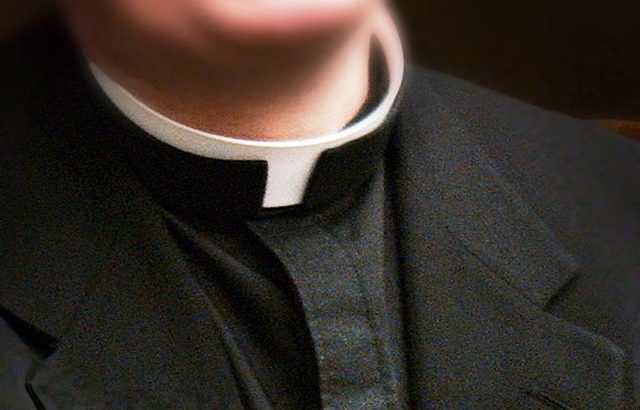Questions of Faith
The topic of married priests is hotly debated in Catholic circles today – the Bible tells us that man must leave his mother and father to be joined to his wife, so why is this injunction not applied to the clergy?
It’s important to note that most clerics in the early Church were married men, but there is still considerable disagreement among scholars concerning whether they practiced sexual continence. Regardless, being a married priest was an ecclesial norm and it was only around the 4th Century that the Church began to draw a demarcation between the two institutions.
At the Synod of Elvira in 305AD, it was decided “that marriage be altogether prohibited to bishops, priests and deacons, or to all clerics placed in the ministry, and that they keep away from their wives and not beget children; whoever does this shall be deprived of the honour of the clerical office”.
Today, there are circumstances where priests can be married – for example, there are married Latin-Rite priests who are converts from the Protestant faith. Vatican II also allowed married men of mature age to become deacons. But for the most part, clergy today must remain celibate and as a result cannot partake in matrimony.
Critical
While many are critical of this Church norm, there are plenty of theological reasons to affirm it. Firstly, St Paul endorses celibacy for those who are capable of doing so: “To the unmarried and the widows I say that it is well for them to remain single as I am. But if they cannot exercise self-control, they should marry. For it is better to marry than to be aflame with passion” (1 Cor 7:8-9). He concludes that those who do not marry will “do better” than those who do (7:38).
Others argue that Jesus wasn’t married and given that priests should always be configuring themselves towards Christ, they should follow this example. Likewise, the Church teaches that there will be no marriage in Heaven, so priests should orient themselves towards this eschatological reality in the here and now. Essentially by remaining celibate, clergy become signs or markers for the future that is to come where marriage is no longer needed.
For the most part, clergy today must remain celibate and as a result cannot partake in matrimony”
A more simple argument is that clerics are married to the bride of Christ – his Church – and so their fidelity and loyalty remain solely there.
These theological arguments are sound but there are millions of Catholics who want to see this Canon rule changed or abolished. Some say that it places celibacy on a pedestal and therefore denigrates marriage while others simply point out that the early clerics of the Church were married and this is being ignored.
On a more practical level, it is suggested that living a sexually continent life is unhealthy when such an impulse is present and that being married can celebrate this desire in a natural and holy way.
Whether the Church will change its understanding of this tradition is unknown as the debate continues.


 Colm Fitzpatrick
Colm Fitzpatrick

